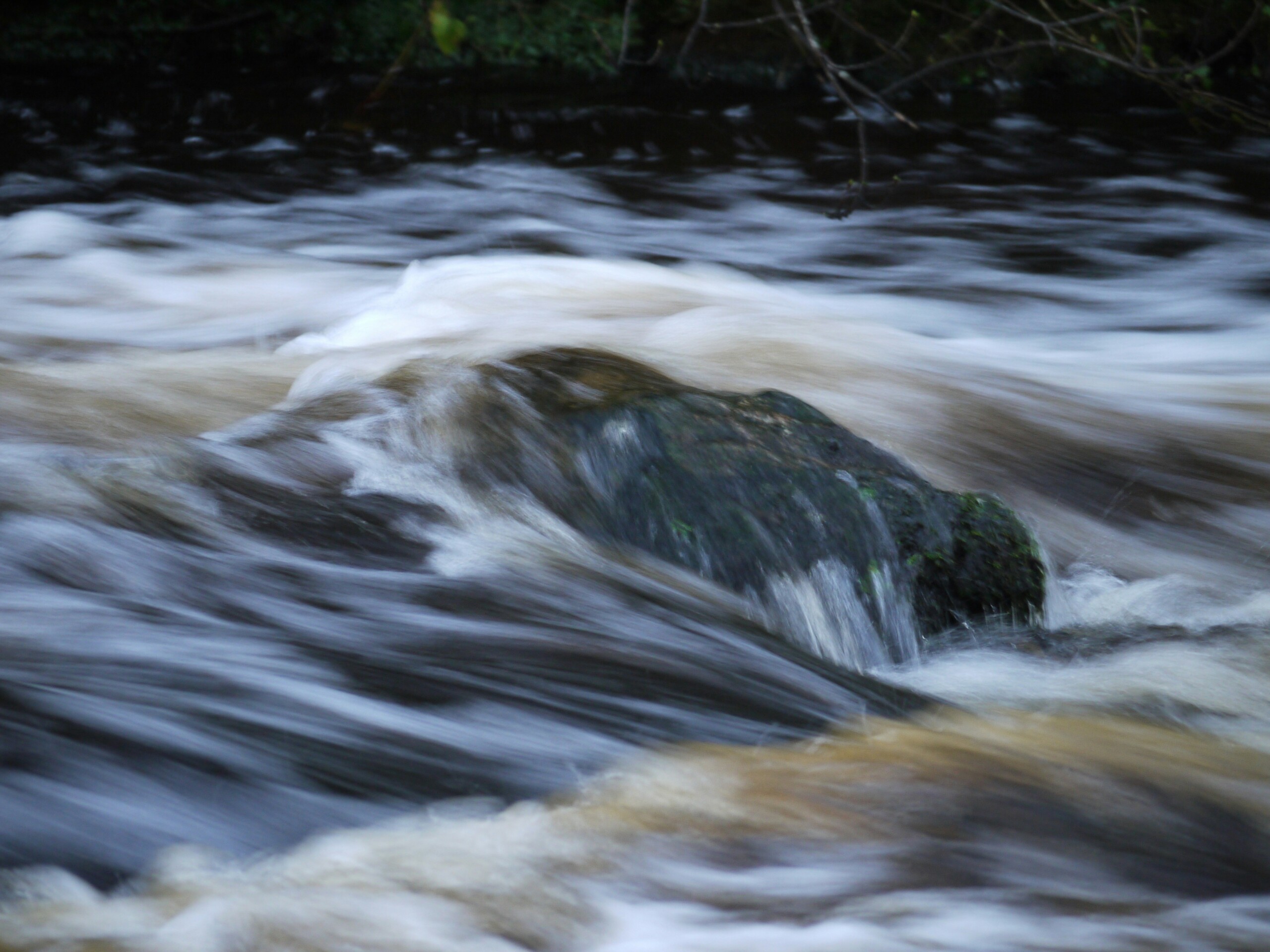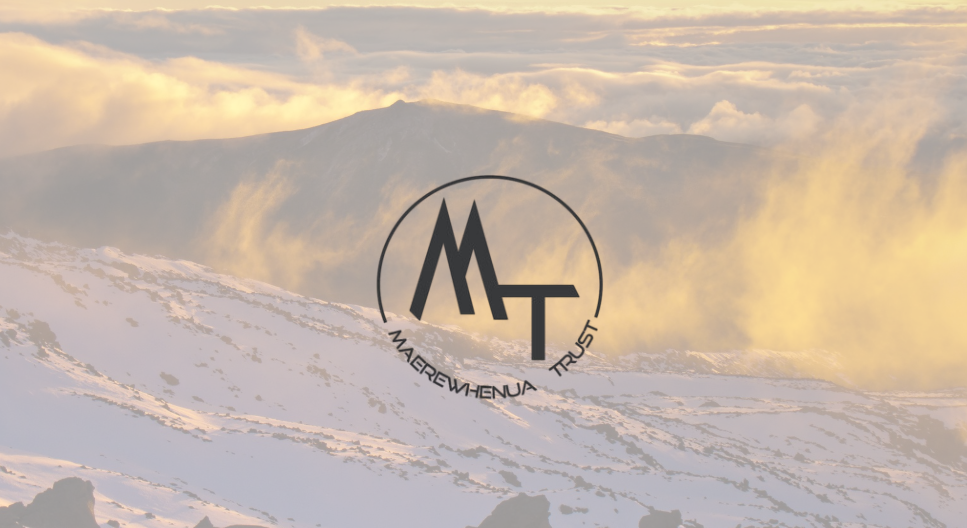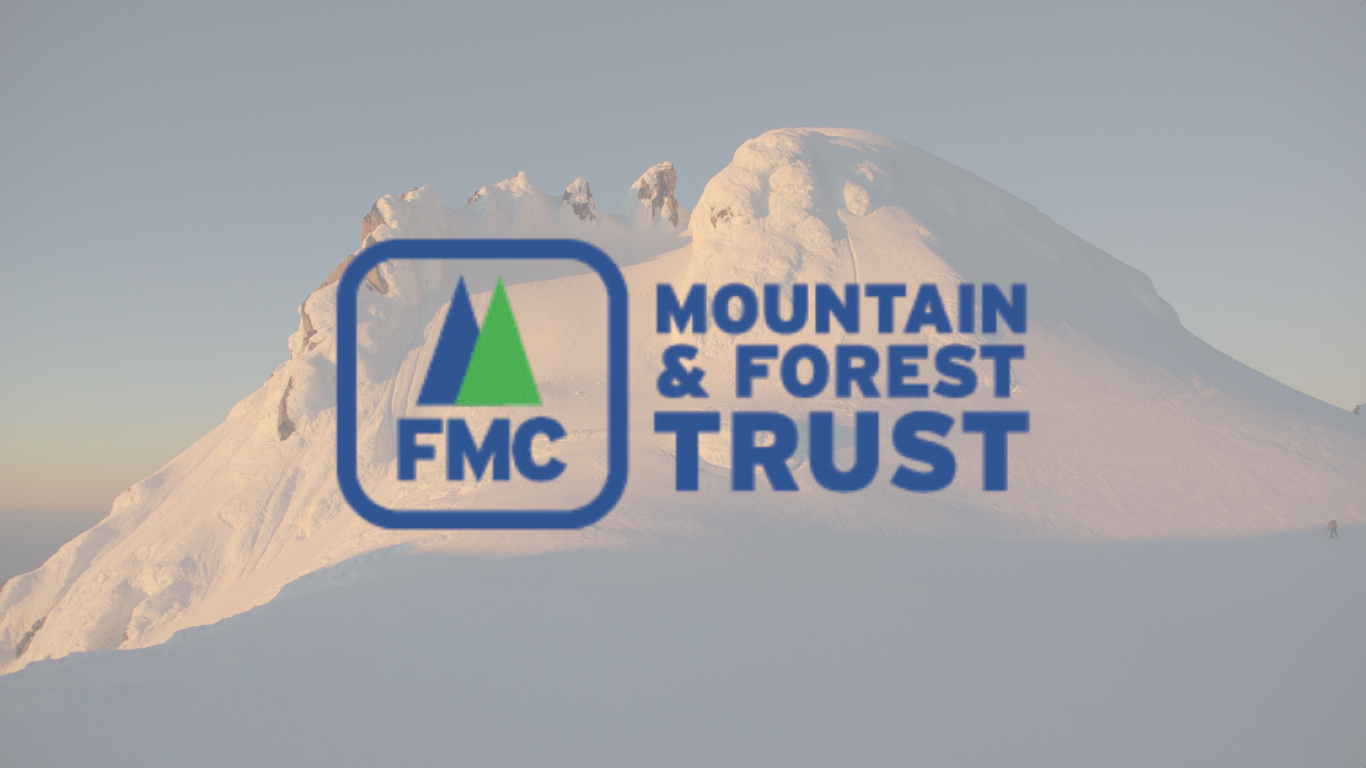A Backcountry Partnership – Living with the Land

It was standing room only at FMC’s 2015 AGM, demonstrating the excitement around positive changes in backcountry culture.
The letters ‘AGM’ are not ones that outdoors people look on kindly, but when associated with a theme of ‘Backcountry Partnership’, speakers from volunteer hut and track maintenance projects all around the country and the prospect of a good social occasion, it seems they can be conveniently overlooked.
The occasion was open to all with a passion for huts, without fear or favour for FMC affiliation. For example, it was fantastic to have Robin Muirson from the Canterbury Mountaineering Club along to speak about the latest project he is involved with to upkeep Temple Basin’s Lockwood Shelter. Other projects represented included those run by tramping clubs, individuals, Permolat, climbing clubs, deerstalkers and specifically formed community groups. It doesn’t so much matter how these projects are organised, more that the job is done, and done well.
Formalities were dispensed with quickly. A good crop of new FMC Executive members were confirmed (Jan Finlayson and Erik Bradshaw, with Tania Seward later co-opted). Robin McNeill and David Barnes were elected unopposed as President and Vice President. The speakers then set to work setting the scene and outlining their ideas to provoke lunch time discussion.
Robin McNeill emphasised the success of the Outdoor Recreation Consortium, in which FMC has partnered with the New Zealand Deerstalkers Association and Trailfund NZ, it has really upped the anti on volunteer contribution to backcountry recreational facilities. The Forgotten Lands Campaign was also a notable achievement, which above all else has challenged and exposed the mis-perception that stewardship land is “low value” conservation land.
McNeill also identified a priority for FMC action to help fill the vacumn left by the Mountain Safety Council’s move away from volunteer instruction. There is a difference between professional and volunteer instructors, and the voice of, and for, the latter needs to be louder. Volunteers have done, and will continue to do, tremendous public service passing on their passion, skills and knowledge to those following in their footsteps in the great outdoors.
Lou Sanson, the Director General of the Department of Conservation, confirmed the success of the Outdoor Recreation consortium, “Our $700,000 has at least doubled, we could not do what you have done for that money”. He then outlined the strategy to reposition DOC around our national identity. He spoke of the “New Zealand we love, the youngest country on the planet” and the real problems with “what we have done to our last loneliest place”. Aside from fixing DOC’s operational structure, Sanson spoke of the need for wider understanding of the health benefits of nature and also of the need to bring our hisory to life, to tell the story of conservation in New Zealand.
Sanson also argued that DOC had a special role in regional communities, as one of the last government agencies left in regional New Zealand. As an example he spoke of Westport and the difference that DOC has made, in what is a hard time for the town, through its investment in projects like the Old Ghost Road, the Denniston Incline and the Heaphy Track.
Mick Abbott as the final speaker for the morning, challenged everyone to interrogate ourselves as part of the places we feel we belong to. Where do humans fit in the scenic wonderland of New Zealand? He suggested that in the maintenance of huts and tracks ‘standards’ needed to be challenged where there outcomes were out of whack with the environment. He pointed out the hypocrisy in the use of treated timber, imported gravel and chopper time to create tracks in our most special places.
Abbott emphasised how innovation tends to occur when resources are constrained, and conditions are unfavourable. We have a lot of tough conditions and not much money in the New Zealand wilderness, where is the innovation that can add value to our economy? There are examples, such as self-resetting predator traps and Hamilton Jet, whats next? How can we leverage off existing development, such as sunk investments like rail corridors? How can we remove carbon from our tourist network? How can we dull the rigid boundary between the wild and the exploited to enrichen both?
With these heady questions lunch was a knot of exciting people bursting with ideas, and this really was what the occasion was all about. It is the connections made at events like this, and the conversations had, that make a difference in the long run.
After lunch there was first a quickfire range of speakers from around the country, the most northern being Greg Laslett from Kaueranga Tramping Club who is leading an Outdoor Recreation Consortium funded project to improve the tracks between Thames and Crosbies Hut, the most southern being Sam Newton talking about the New Zealand Alpine Clubs recent projects which include improvements to Homer Hut and a new roof for the historic Cascasde Hut in the Matukituki valley.
Andrew Buglass was a speaker many people had been looking forward to. He is the driving force behind the organisation of Permolat, a volunteer group of some renown that has made a huge difference to the huts and tracks out the back of Hokitika, and is now stretching its tendrils up and down the coast from the Karamea to South Westland, and even over the main divide into Canterbury. Buglasses practical solutions and can do attitude was warmly applauded.
Perhaps the biggest ovation of the day though was for the last speaker, a humble DOC ranger from Golden Bay named John Taylor. He has been responsible for a series of historic hut restorations in the tramping country around the Cobb: Chaffeys Hut, Riordans Hut, Waingawa Forks Hut and Cobb Tent Camp. His team’s skills displayed in the craftmanship and use of natural materials (treefall or standing deadwood), along with a real sense that they understand the importance of creating something lasting, and living with a real connection and affinity to the land, capped the formal presentations with a little window into what the future may hold for all groups, whether volunteer or professional getting involved and deriving meaning from hut and track maintenance.
These speakers and following panel discussions were recorded and excerpts from them will be released as they become available.
Share This Story, Choose Your Platform!

Latest News
FMC opposes the Winstone Pulp International Limited resource consent application to enable the discharge of treated pulp mill wastewater, stormwater and a foam inhibitor to the Whangaehu River.
FMC is looking for the right candidate to appoint to the Maerewhenua Trust Board.
FMC is looking for the right candidate to appoint to the Federated Mountain Clubs Mountain & Forest Trust Board of Trustees.






